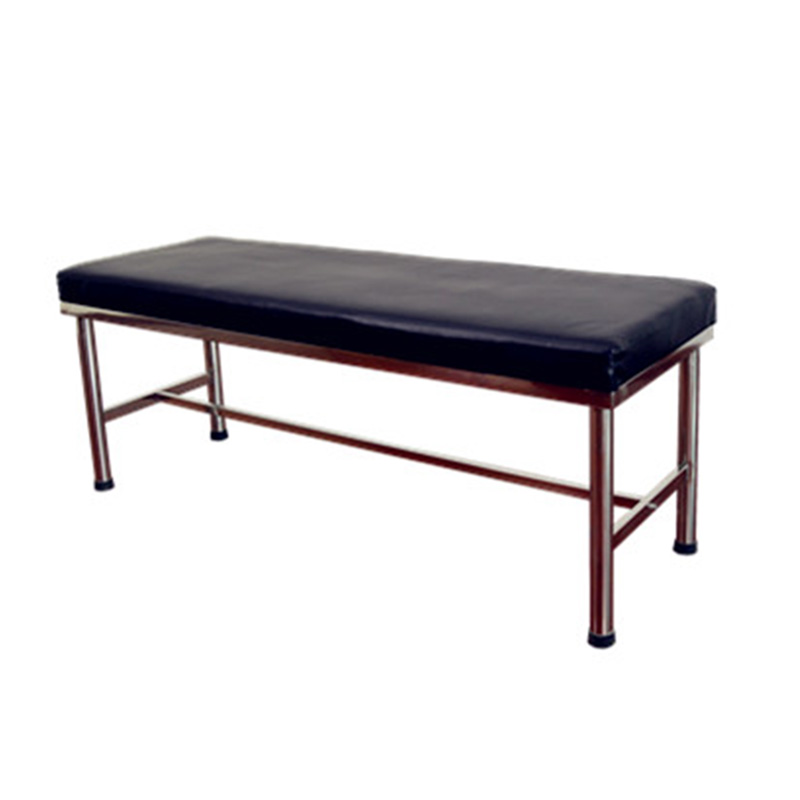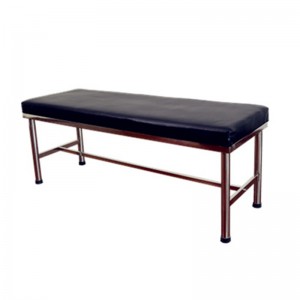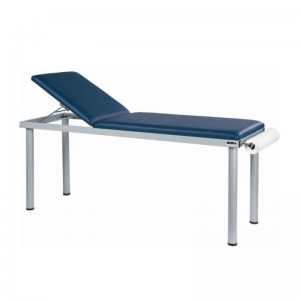S.s or Metal Medical Examination Couch Table with Easy Cleaning Surface Leather
Quick Details
| Type: | Manual | Brand Name: | PINXING |
| Place of Origin: | Shanghai, China (Mainland) | Item Name: | Examining bed |
| Model Number: | ZC10 | Features: | PP,Power coated steel |
| Usage: | Hospitals and paitent care facilities | ||
Packaging & Delivery
| Packaging Details: | Standard export package |
| Delivery Detail: | 20~30 working days after get order and payment confirmation |
Examining Bed ZC10
Main Features
· Rugged construction
· Smooth finish
· Easy to clean
Product Description
| Size | 2030*930*450mm |
| Material | Stainless steel frame and PVC leather mattress |
FAQ
1.What is the philosophy of the company?
Business philosophy: customer centered, independent innovation, develop steadily and surely, resolutely shoulder responsibilities.
Customer centered: customer’s demands-oriented, promote added value of products and solve customer problems.
Independent innovation: Provide customers with competitive products and solutions to form own system for intellectual property rights.
Develop steadily and surely: Be more international and professional through sustainable development in the competition.
Resolutely shoulder responsibilities: Adhere to open cooperation philosophy, shoulder social responsibilities and address social demands, as well as build a harmonious environment together.
In terms of business model, macro business model of the company is customer-oriented and industrialization-oriented, and the development of products is guided by the demands of customers and society. The only value and reason for the company's existence is to provide customers with complete and timely services.
2. How to Implement Quality Control in Manufacturing?
First,we create and document an approach to quality control. This includes: Defining the quality standards for each product.
Selecting the quality control method.
Defining the number of products/batch that will be tested.
Creating and training employees for quality control.
Creating a communication system for reporting defects or potential issues.
Next, to create procedures for handling defects. Consider the following: The batches will be rejected if defected items are found. There will be further testing and potential repair work involved. The production will be halted to ensure that there are no more defective products created.
Finally, use a effective method to identify the root cause of the defect, make any needed changes, and ensure all products are defect free.




